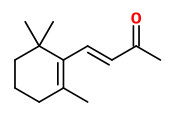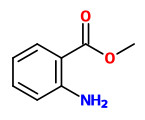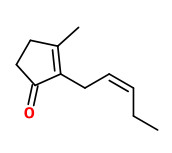Saraca asoca (Roxb.) de Wilde - syn.Saraca indica (L.), Jonesia asoca Roxb.; Fabaceae
ashoka, asoka tree, Asokabaum
Ornamental tree with showy inflorescences, native to Assam, East Pakistan, upper Burma, Malaya, Ceylon and South India, cultivated in tropical Asia; leaves opposite, up to 30 cm long, leaflets lanceolate; flowers lacking petals, the 4 sepals are orange-red colored. The bark is used in uterine infections and as astringent in cases of internal haemorrhoids.
http://www.efloras.org/florataxon.aspx?flora_id=5&taxon_id=242425222
„The ashoka is prized for its beautiful foliage and fragrant flowers. It is a handsome, small, erect evergreen tree, with deep green leaves growing in dense clusters.“ http://en.wikipedia.org/wiki/Saraca_asoca
„Many legends, cultural and scientific, were connected with asoka but as a medicinal tree against female diseases was not thoroughly recognised before the ninth century of our era… According… to Hiuen-Tsang the Buddha was born under a asoka tree.“
[Asoka (Saraca indica Linn)-a cultural and scientific evaluation. Biswas, T. K., and P. K. Debnath., Indian journal of history of science, Vol.7(2), 1972, 99-114]
http://www.dli.gov.in/rawdataupload/upload/insa/INSA_1/20006186_99.pdf
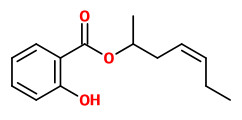 (Z)-1-methylhex-3-enyl salicylate (crisp green-floral) | 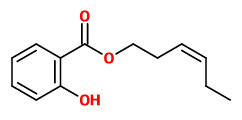 (Z)-3-hexenyl salicylate (floral green) | 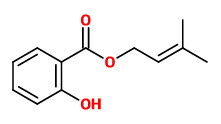 prenyl salicylate (floral, sweet herbal) |
The flower scent of ashoka is „…very diffusive and far-reaching, it brings to mind a delightful combination of lily and freesia, accompanied by a shade of orange blossom.“
Although the scent, trapped on Porapaqk SQ, contained mainly (E,E)-farnesene (49%) and (E)-ocimene (29%), „…the very crisp and clean lily note is due to the combination of benzyl salicylate with prenyl salicylate, (Z)-hex-3-enyl salicylate, and (Z)-1-methylhex-3-enyl salicylate, all charcaterized by very low odor treshold values… (Z)-1-Methylhex-3-enyl salicylate… is characterized by a very appealing transparent and crisp floral-green odor. It is of basic importance - in combination with the salicylates mentioned above, β-ionone, jasmone, methyl anthranilate, and 1H-indole - to the flower scent of Saraca indica.“
[Meaningful Scents around the World, Roman Kaiser, Zürich 2006, 165-166]
„Saraca asoca is reported to contain glycoside, flavanoids, tannins and saponins. It is used as spasmogenic,
oxytocic, uterotonic, anti-bacterial, anti-implantation, anti-tumour, anti-progestational, antiestrogenic activity against menorrhagia and anti-cancer.“
[Saraca asoca (Ashoka): A Review. P. Pradhan, L. Joseph, V. Gupta, R. Chulet, H. Arya, R. Verma, A. Bajpai, Journal of Chemical and Pharmaceutical Research, Vol.1(1), 2009, 62-71]
http://jocpr.com/first-issue/JOCPR-6.pdf
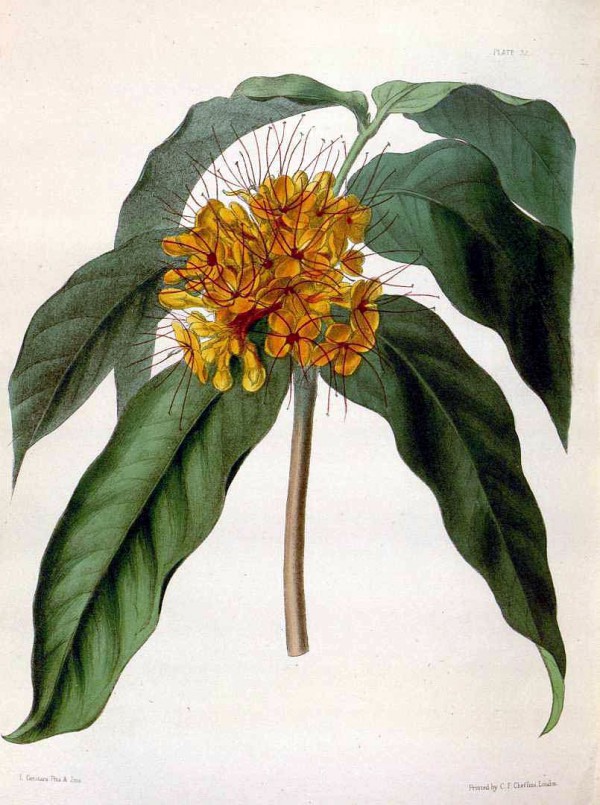
Saraca asoca (Roxb.) Willd. [as Jonesia asoca Roxb.], Indian Sorrowless tree
Paxton, J., Lindley, J., Paxton’s flower garden, vol. 1: t. 32 (1853) [L. Constans]
http://plantgenera.org/species.php?id_species=906173
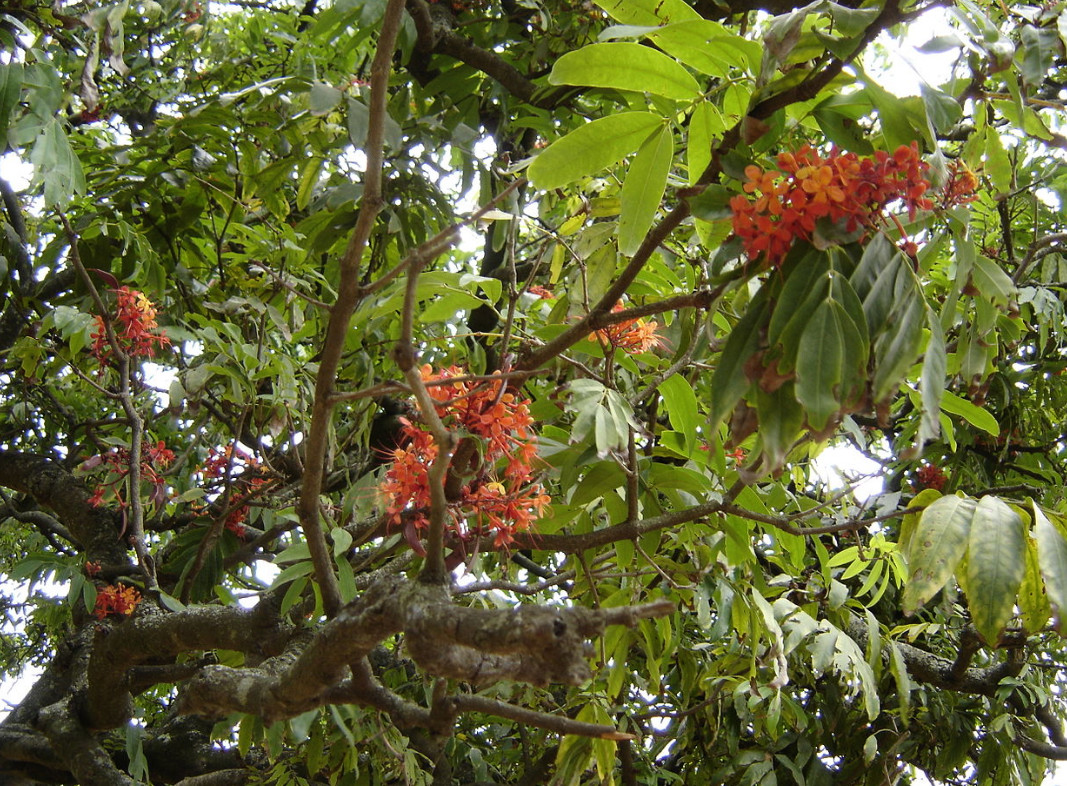
Ashoka tree with flowers, author: Primejyothi, CC BY-SA 3.0 Wikimedia Commons
